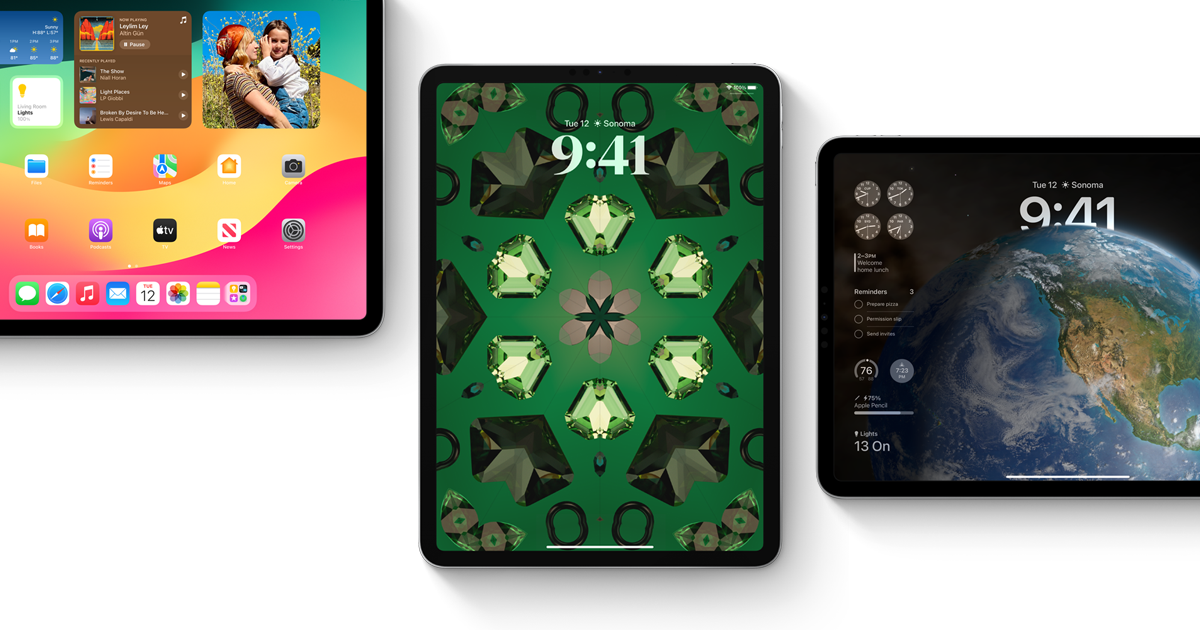Memory Swap probably didn’t mean much to most iPad users if they watched the keynote for iPadOS 16 back in June, but anyone who has tried to use their iPad as a full time computer knows it could be a game changer.
Now that 16 is out, has there been any testing done on how this helps? I actually forgot about this feature so I haven’t really been paying attention, but I’ll try to see throughout the day today if apps seem to stay in memory longer. Even on my M1 iPad Pro (8 GB) I’ve noticed apps get dumped an unusually high amount of time.
Now that 16 is out, has there been any testing done on how this helps? I actually forgot about this feature so I haven’t really been paying attention, but I’ll try to see throughout the day today if apps seem to stay in memory longer. Even on my M1 iPad Pro (8 GB) I’ve noticed apps get dumped an unusually high amount of time.



